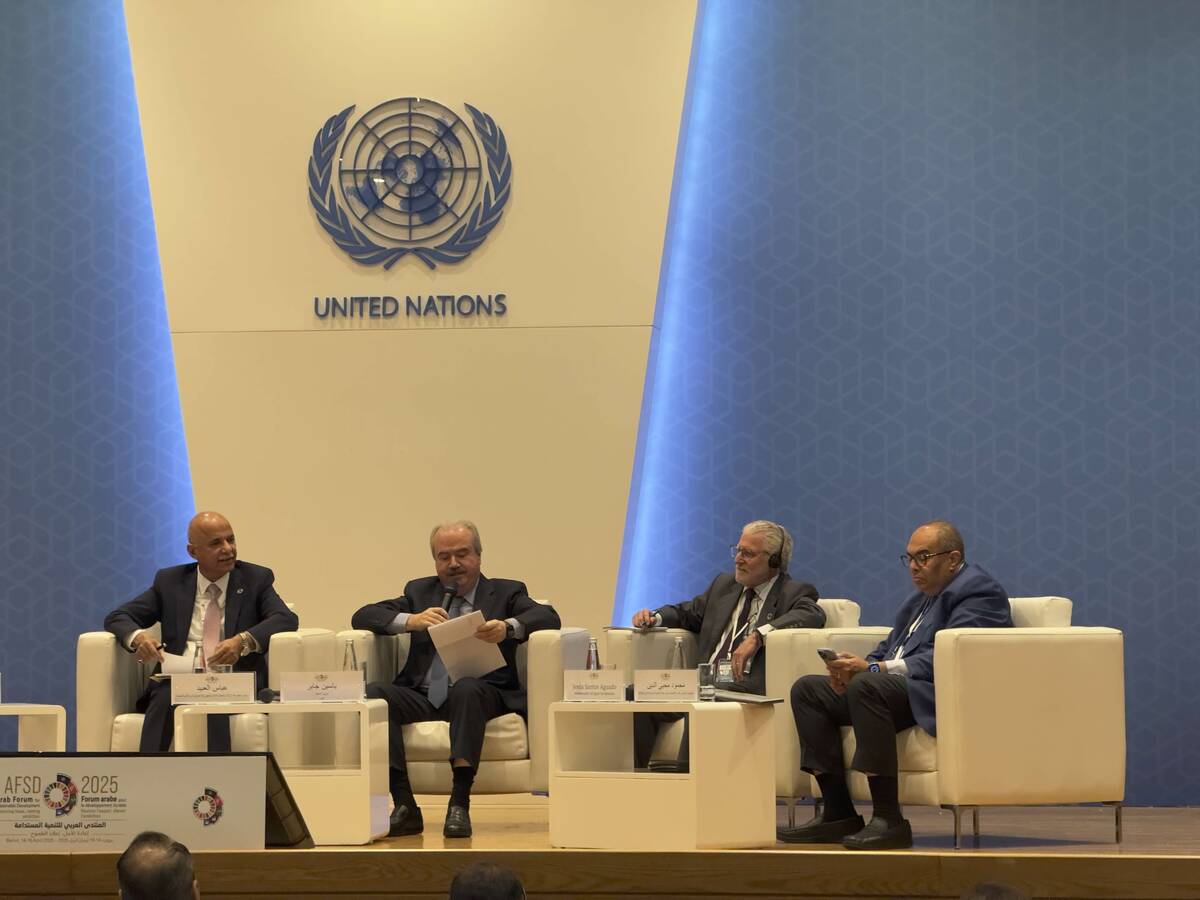LONDON: Russia will not immediately demand that buyers pay for its gas exports in roubles, the Kremlin said on Wednesday, promising a gradual shift and saying Russia should work on an idea to widen the list of its exports requiring rouble payment.
The Kremlin said on Wednesday that demanding rouble payment for exports of oil, grain, fertilizers, coal, metals and other key commodities in addition to natural gas was a good idea and should be worked on.
Asked whether the payments should be in roubles starting from Thursday, Kremlin spokesman Dmitry Peskov said: “Absolutely no.”
“As we discussed before, payments and delivery is a time consuming process ... This does not mean that a tomorrow’s delivery should be paid (in roubles). From a technological point of view, this is a more prolonged process,” he said.
In response to the West’s crippling sanctions on Russia over the invasion of Ukraine, Russian President Vladimir Putin insisted that natural gas exported to Europe or the United States should be paid for in his country’s currency, a measure his government said could be in place this week.
Rouble payments could be extended to oil, grain, metals, fertilizer, coal and timber exports to the European Union, Russia’s top lawmaker Vyacheslav Volodin said on Wednesday.
Asked about Volodin’s comments, Kremlin spokesman Dmitry Peskov said: “This is an idea that should definitely be worked on.”
Europe has so far refused to pay for gas in roubles, setting the stage for a standoff that led Germany to declare on Wednesday an “early warning” that it could be heading for a supply emergency.
Russia says it will work out practical arrangements by Thursday for foreign companies to pay for gas in its currency.
“If you want gas, find roubles,” Volodin, the speaker of the lower house of parliament, said in a post on Telegram.
Peskov said that the US dollar’s role as a global reserve currency had already taken a hit in recent years, and a move to pricing Russia’s biggest exports in roubles would be “in our interests and the interests of our partners.”
Germany said its early warning measure was designed to prepare for a possible disruption or stoppage of natural gas flows from Russia.
Europe, which imports about 40 percent of its gas from Russia and pays mostly in euros, says Russia’s state-controlled gas giant Gazprom is not entitled to redraw contracts.
The G7 group of nations rejected Moscow’s demands this week.
BOOMERANG
Russian officials have repeatedly said the West’s attempt to isolate one of the world’s biggest producers of natural resources is an irrational act of self harm that will lead to soaring prices for consumers and tip the economies of Europe and the United States into recession.
Russia says the West’s sanctions — and in particular the freezing of about $300 billion in Russian central bank reserves — amount to a declaration of economic war.
Putin says the freezing of central bank reserves was a default on the West’s obligations to Russia that would torpedo confidence in the US dollar and the euro.
Former President Dmitry Medvedev said that West’s sanction had “boomeranged” back to undermine the economies of Europe and North America, driving up prices for fuel and heating and undermining confidence in the dollar and euro.
“The world is waking up: confidence in reserve currencies is melting like a morning fog,” Medvedev said.
“Abandoning the dollar and the euro as the world’s main reserves no longer looks like a fantasy.”
Medvedev said “crazy politicians” in the West had sacrificed the money of their taxpayers on the altar of an unknown victory in Ukraine.
“The era of regional currencies is coming.”
Russia has long sought to reduce dependence on the US dollar, though its main exports — oil, gas and metals — are priced in dollars on global markets.
Globally, the dollar is by far the most traded currency, followed by the euro, yen and British pound.
























